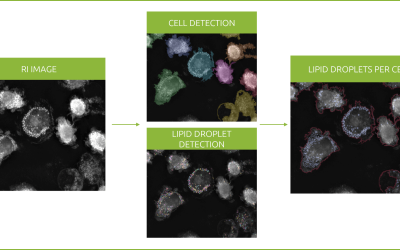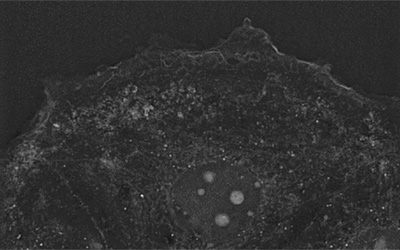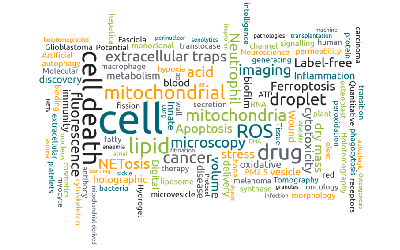*Quote by Renée Rouleau
The skin is the largest organ of the body, spanning an area of 1.8 square meters and forming the border between the body’s inner organs, bones, muscles and the outer environment. Nerve endings and receptors in the skin allow us to interact with our environment and perceive cold, heat or touch stimuli in our surroundings. Most importantly, the skin is the major protection barrier of our body preventing pathogens from entering. Altogether, many cells of the immune system reside here, and they promote inflammatory reactions to external and internal stimuli.
The outermost layers of the skin is formed by the epidermis. It is composed of basal and differentiated suprabasal keratinocytes. Therefore, keratinocytes constitute 95% of the epidermis. The primary function of keratinocytes is the formation of a barrier against pathogenic bacteria, fungi, parasites, viruses, heat, UV radiation, and water loss. Wounds to the skin will be partly repaired when keratinocytes migrate into the gap of the wound.
The new videos below feature primary human keratinocytes isolated from the epidermis of juvenile foreskin or adult skin from various tissue locations. Primary cell lines are very fragile and sensitive. One of the biggest challenges in cell biology is long-term imaging of fine cellular dynamics. In particular, the 3D Cell Explorer generates no phototoxicity as it injects in the sample ~100 times less energy (~0.2 nW/µm) than light sheet microscopes (~1nW/µm2) that are the reference in the matter. With a resolution of 195 nm (higher than standard confocal) it enables high resolution and high-frequency imaging even with sensitive material, such as primary keratinocytes.
Unique dynamics of cellular organelles or highly dynamic and small cellular structures can be clearly analyzed, such as mitochondria, lipid droplets, lamellipodia, nucleus and nucleoli etc.
With Nanolive’s live cell imaging tool, it is possible to perform endless live imaging at the maximal acquisition speed (1 image per 1.7 seconds).
This certainly exceeds any live cell imaging capabilities of any other microscope and will revolutionize live cell imaging of primary cells.
Label-free live cell imaging of primary human keratinocytes isolated from the epidermis of human skin; imaged for 1h50 mins.
Label-free live cell imaging of primary human keratinocytes isolated from the epidermis of human skin; imaged for 2h50 mins.
Label-free live cell imaging of primary human keratinocytes isolated from the epidermis of human skin; imaged for 3h30 mins.
Label-free live cell imaging of primary human keratinocytes isolated from the epidermis of human skin; imaged for 13 hours.
Blog articles about 3D skin models
https://www.promocell.com/behind-the-science/a-young-scientist-seeks-a-method-to-knock-out-fibrosis/
Product links
https://www.promocell.com/portfolio/dermal-cell-culture/
https://www.promocell.com/product/normal-human-epidermal-keratinocytes-nhek/
https://www.promocell.com/product/keratinocyte-growth-medium-2/
https://www.promocell.com/product/normal-human-dermal-fibroblasts-nhdf/
Read our latest news
Revolutionizing lipid droplet analysis: insights from Nanolive’s Smart Lipid Droplet Assay Application Note
Introducing the Smart Lipid Droplet Assay: A breakthrough in label-free lipid droplet analysis Discover the power of Nanolive's Smart Lipid Droplet Assay (SLDA), the first smart digital assay to provide a push-button solution for analyzing lipid droplet dynamics,...
Food additives and gut health: new research from the University of Sydney
The team of Professor Wojciech Chrzanowski in the Sydney Pharmacy School at the University of Sydney have published their findings on the toxic effect of titanium nanoparticles found in food. The paper “Impact of nano-titanium dioxide extracted from food products on...
2023 scientific publications roundup
2023 has been a record year for clients using the Nanolive system in their scientific publications. The number of peer-reviewed publications has continued to increase, and there has been a real growth in groups publishing pre-prints to give a preview of their work....
Nanolive microscopes
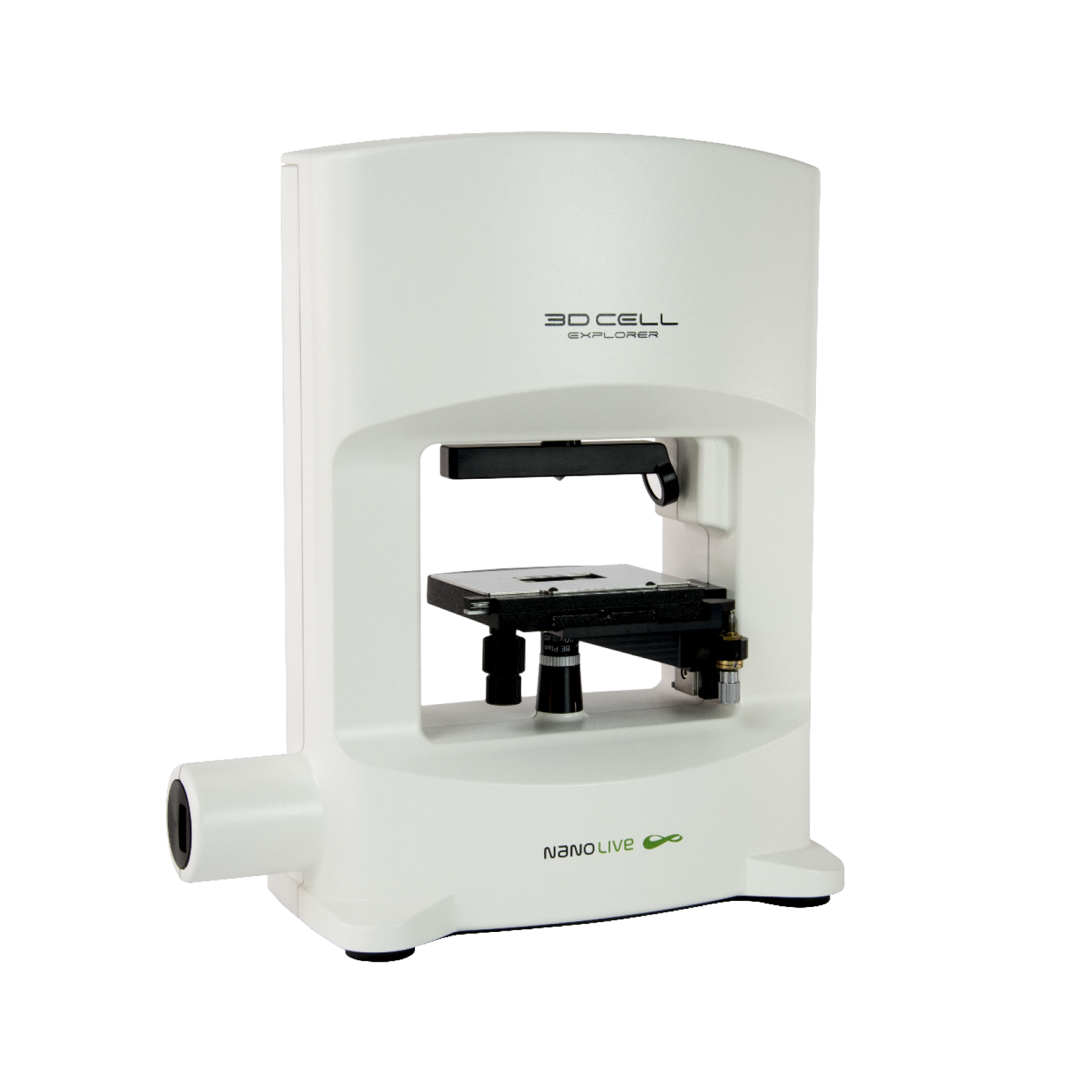
3D CELL EXPLORER
Budget-friendly, easy-to-use, compact solution for high quality non-invasive 4D live cell imaging
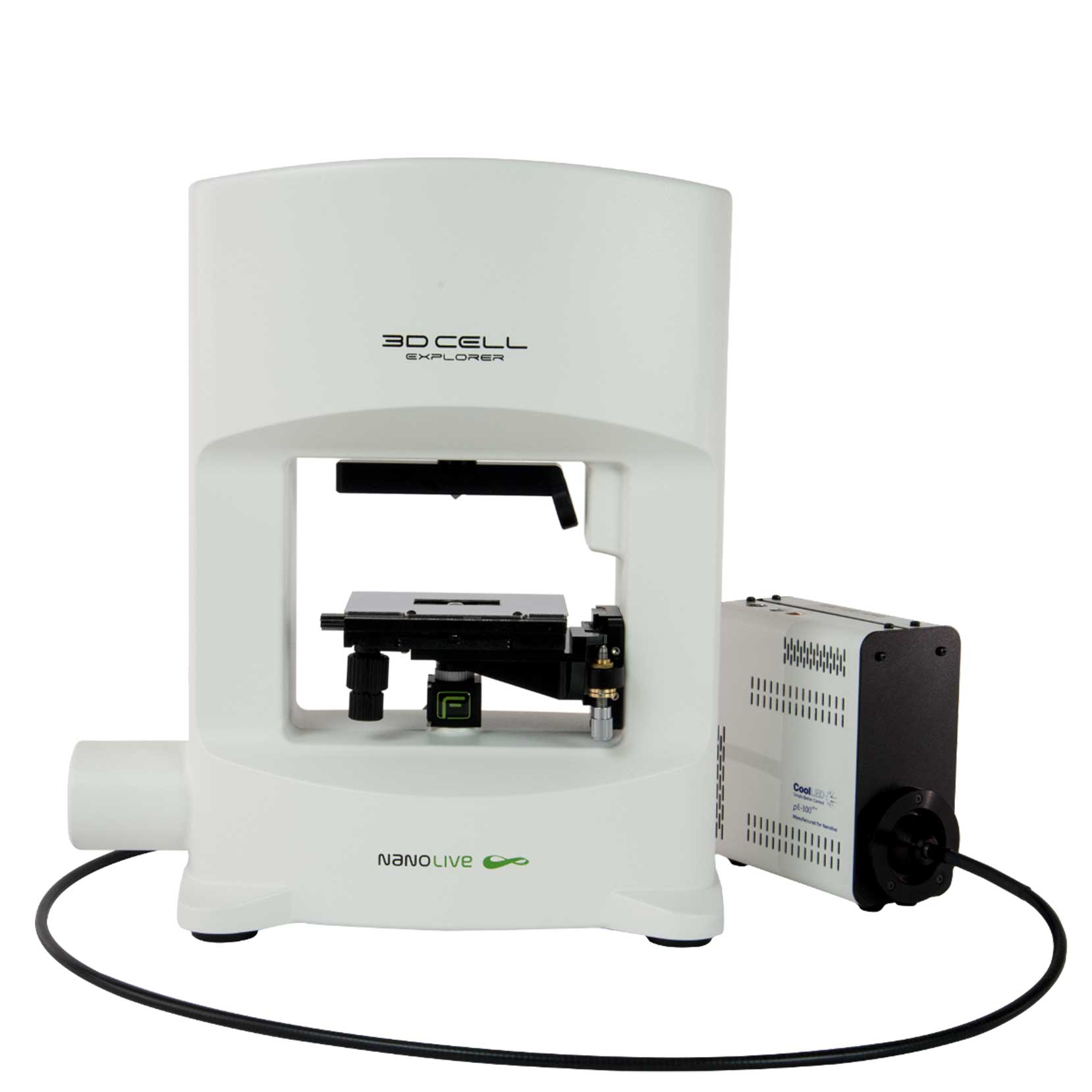
3D CELL EXPLORER-fluo
Multimodal Complete Solution: combine high quality non-invasive 4D live cell imaging with fluorescence

CX-A
Automated live cell imaging: a unique walk-away solution for long-term live cell imaging of single cells and cell populations

